Ladies of Liberty: Yuri Sunahara, Director of Creative Technology at ESI Design
Posted June 2, 2020
In May 2019 (almost exactly a year ago!), the new Statue of Liberty Museum opened on Liberty Island with experience and exhibits by ESI Design, an NBBJ studio. The new museum is part of a $100 million Liberty Island-wide beautification effort that is funded by our clients, The Statue of Liberty-Ellis Island Foundation.
To celebrate we’re sharing the stories of some of the talented people who have worked for over five years to bring this world-class museum from concept to opening day.
In this edition, you’ll hear from Yuri Sunahara, ESI Design’s Director of Creative Technology, who worked on the experience and exhibit design for the museum.
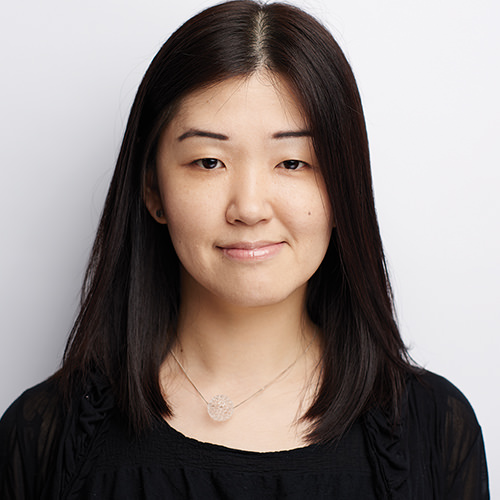 Name: Yuri Sunahara
Name: Yuri Sunahara
Job Title: Director, Creative Technology
Years of Experience: 22
Age: 47
Nationality: Japanese
Languages Spoken: Japanese and English
Education: Bachelors degree in Environment and Information Studies from Keio University in Japan, and Masters from Interactive Telecommunications Program (ITP) at New York University’s Tisch School of the Arts
What was your first encounter with the Statue of Liberty?
Yuri Sunahara, Director of Creative Technology: My first close encounter with the Statue of Liberty was when I was around 12 during my first time living in the US. I was here for three and a half years, living in Westchester back in the mid 80’s. I went on a school trip with my ESL class, and I saw her from the Staten Island Ferry. I remember seeing her with scaffolding due to some ongoing construction, not having a full grasp that it was part of the centennial conservation-restoration.
I moved back to the States in 1997 but didn’t get a chance to visit the Island for many years until my sister’s family visited me from Japan in 2012. We ran around the city attempting to hit all major sightseeing spots, and obviously, the Statue of Liberty and the Ellis Island were included. We didn’t get to go inside the pedestal or up to the crown as I didn’t know we had to make reservations weeks and months in advance, just like most other visitors!
On both occasions I recall thinking, “how was it possible to make this massive statue 100+ years ago!?” To be honest, I still think about it every time I see her, but now I know quite well how it got accomplished after being involved in making the Statue of Liberty Museum.
What was your role on the project? What did that mean for you day-to-day?
YS: As an interaction designer, my primary focus is designing software and digital media experience for visitors. I was responsible for conceiving of and establishing the interaction and interface design, and software solutions to best achieve the storytelling around Lady Liberty in the most dynamic and engaging way.
My adventure on this exciting challenge of designing a museum for one of the most well-known, iconic statue in the world started in 2014 when ESI Design kicked off the Discovery Phase of the project. We visited Liberty Island and checked out the original exhibit space inside the pedestal, and I was beginning to grasp the scale and the depth of rich stories and tremendous historical meanings she carries. I remember seeing very few digital components within the old gallery, but the artifacts were so powerful that I kept thinking, what would be the best balance of historical artifacts vs. dynamic media? What’s appropriate to intervene with technology?
It was when we saw a massive collection of cultural posters about the Statue crammed into a tight exhibit case, covering one another, that it became obvious how digital media could enhance the visitor experience. We immediately thought of an interactive exhibit where we showcase a digitized collection of these physical posters to allow visitors to explore each one with a detailed view. After many rounds of concept ideation and design iterations efforts, seeing what we envisioned at the very beginning of the project come to life. You can see this idea realizes as the Statue in Popular Culture exhibit in the Engagement Gallery, which for me, is particularly gratifying and surreal at the same time.
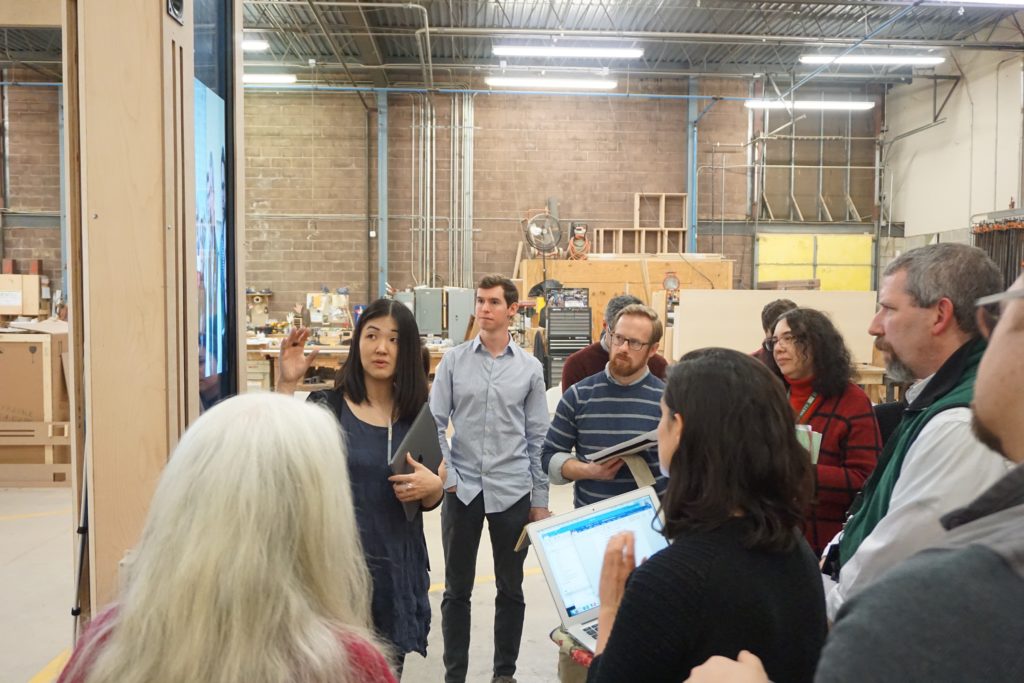
On this project, one of the biggest efforts and learning processes that I got to experience was to design and implement digital exhibits to be compliant with the latest ADA & Section 508 guidelines in partnership with National Park Service and our accessibility consultant teams at Inclusive Digital. It broadened the whole meaning of UX/UI design and made me rethink the importance of making things accessible to the widest audience. Although we are proud of what we offer as accessible solutions at the Statue of Liberty Museum, we know we can always be improving the experience and to connect with a larger audience. I am eager to expand my knowledge in this field of accessible design and to continue to apply this to my future design work.
You just opened a new museum for the Statue of Liberty — how does that feel? What does that mean to you?
YS: This is definitely one of the most memorable, impactful and meaningful projects I have ever worked on. Being Japanese and being able to work on the Museum which celebrates the symbol of freedom and liberty in this country is a testament to what the Statue of Liberty represents.
The museum turned out to be a solid outcome of what we believe experience design should be at ESI Design: design experiences that get better with use through visitor participation and with programming that continues to evolve.
Along with sharing the history and anecdotes of how the Statue was designed and built, it was an imperative aspect of our design to challenge visitors to define what liberty means to them.
I am curious as to how the Statue of Liberty Museum will continue to evolve as a destination that represents diverse viewpoints, and I am thrilled that we created an environment that such conversations can take place.
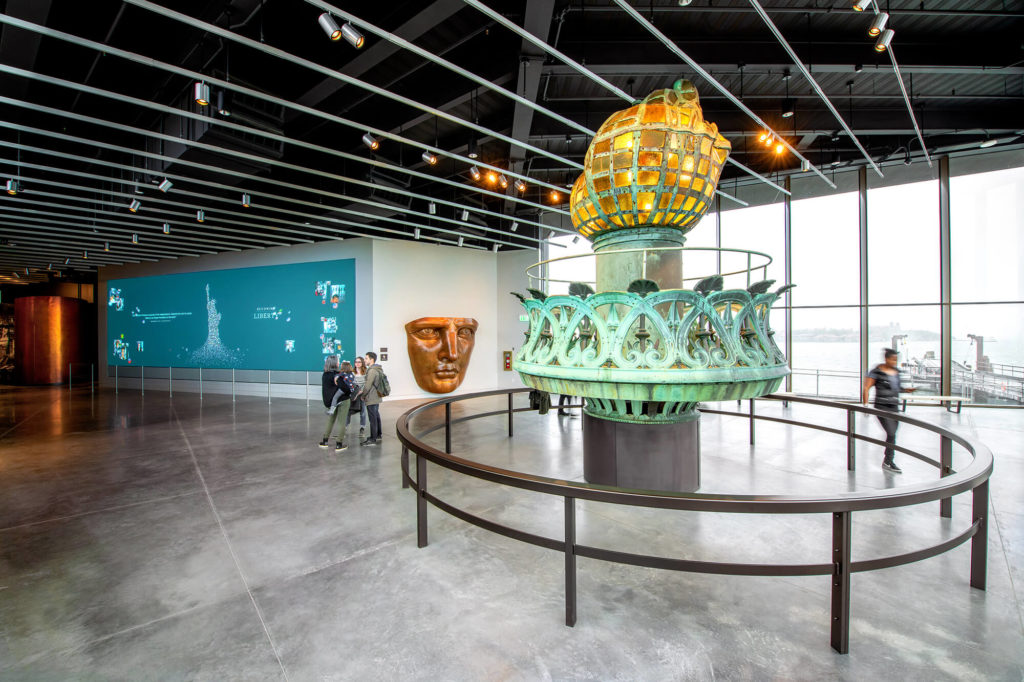
Why is having a museum dedicated to the Statue of Liberty important?
YS: I strongly believe that having a museum dedicated to the Statue of Liberty is important, especially during a time of political discord and divisiveness. The Statue of Liberty represents liberty and freedom, and our progress towards diversity and equality. She represents unforeseen challenges that can be conquered by collaborations of people. I hope this museum offers a safe space for people to contemplate the meaning of liberty, converse, and remind them the importance of what Miss Liberty represents.
After working on this project, has your concept of liberty evolved?
YS: I don’t think my fundamental idea of liberty has changed, but my views and appreciations have extended significantly. What has resonated with me the most is that ‘liberty’ is a contested ideal. It is a dynamic, ever-changing ideal interpreted in many ways from many points of view. I thought I understood the concept, but I didn’t anticipate that we would indeed experience aspects of our liberty being challenged over the time we created the museum. It has made me think much more about liberty and freedom, and how fragile they can be. This challenge still persists today, and through the museum experience we can continue to remind ourselves that liberty and freedom should never be taken for granted.
Do you have a unique/special connection to Lady Liberty?
YS: Lady Liberty is so accessible to all of us as we see her images everywhere, and she is so well-known around the world. Yet, her massive scale is so hard to grasp from images or even viewing her from the water. It’s only when, in the museum, I could touch a scale replica of her face, and put my toes against her toes, that’s I finally felt a real connection to the Statue herself.
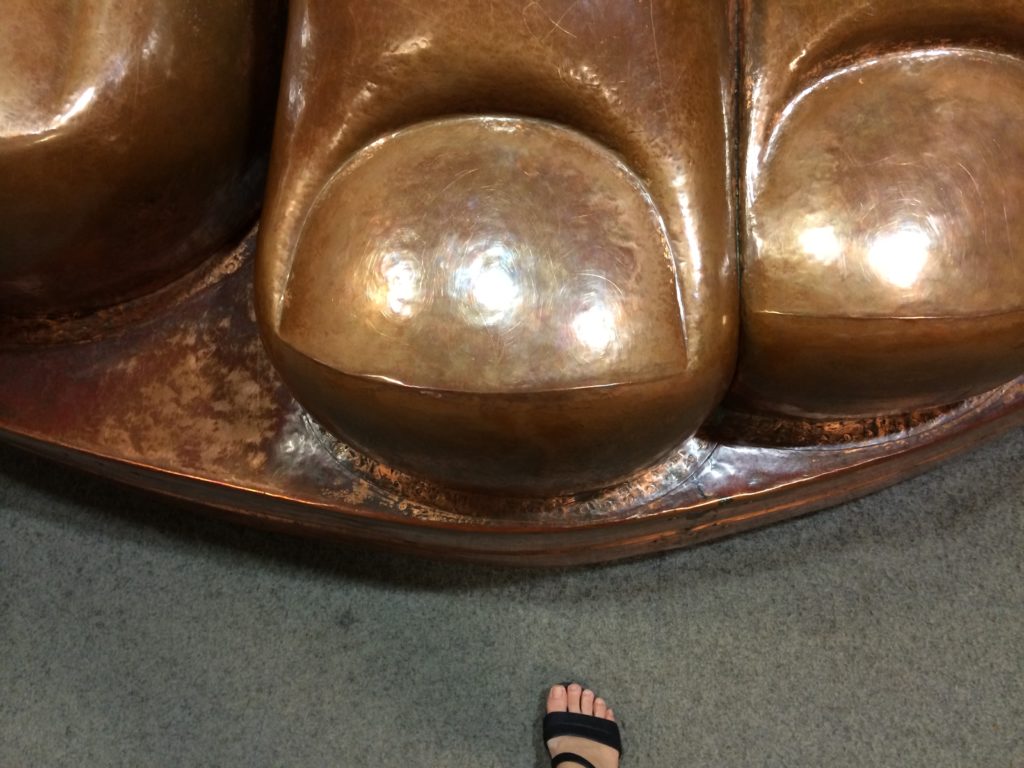
What were the steps in your journey to this iconic project?
YS: I am fortunate and grateful to have two mentors that changed my life and gave me crucial guidance leading me to where I am. My first mentor is Itsuo Sakane, my professor in college who introduced me to the field of Science Art/Media Art, and encouraged me to create things with some help of technology. Though after I finished my college, I ended up working at a gigantic Japanese corporation, doing little to no creative work for almost two years. Those two-ish years gave me tremendous life lessons and invaluable experiences, but I was barely surviving. That’s when I met my second mentor Red Burns, who was visiting Tokyo for a workshop I happened to attend. Six months later, I moved to New York to attend the Interactive Telecommunications Program (ITP) at NYU, the graduate program she founded.
After graduating from ITP, I joined ESI Design as a developer for an interactive exhibit at the Kennedy Center for the Performing Arts. I made a gradual transition towards design and have worked on numerous museum and institutional projects including Edward M. Kennedy Institute for the U.S. Senate, Mercy Corps Action Center, and Tryon Palace. It was in the midst of the production phase of the Edward M. Kennedy Institute for the U.S. Senate when the Statue of Liberty Museum project kicked off. I remember thinking, “How wild is it to be able to design interpretive experiences for two very different but both immensely significant institutions in this country’s history, back to back?” Pretty wild.
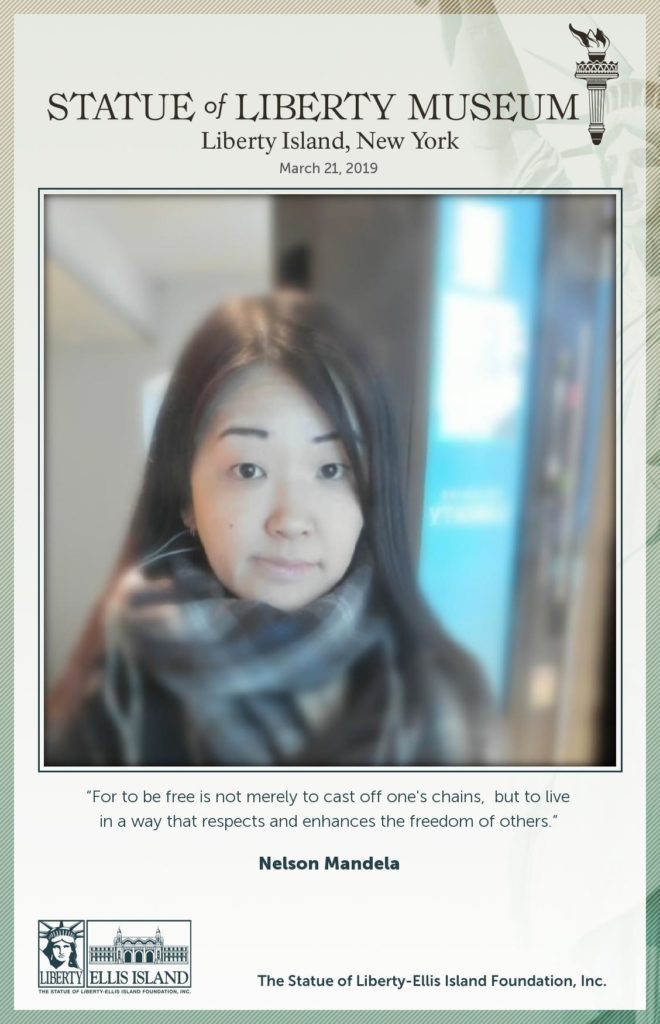
Since you started your career, what’s the biggest change you have seen in the world of design?
YS: The relationship between people and technology, and the expectations people have toward technology had changed drastically. Interaction models, interface design approach and available platforms have evolved so much to support these non-stop, fast-pacing changes in technology, and will continue to do so. Also, the concept/genre of “experience design” has become a thing!
What advice would you give to your younger self starting a career in design?
YS: Collaborate with people, especially with people outside of your design discipline. Working in a multi-disciplinary team helped me learn the most through my years at ESI Design. It enabled me to have a more holistic view of various design approaches, understand where your colleagues’ ideas are coming from, and collectively we can reach to better integrated, cohesive experience design solutions.
Speaking of collaboration, I spent most of my childhood being in the environment with a proverb: “a stake that sticks out gets hammered down” – meaning, if you don’t conform to the rest, you’ll get hammered down, especially if you a woman. After moving to the other side of the planet, spending over two decades living in NY, I still occasionally get PTSD about it. However, working in this cross-disciplinary environment full of dynamic, diverse peers with respect to one another taught me to be not only a better designer but also a better human – I think!
If you were giving a tour of the new museum, what would be your top highlight?
YS: Again, I love all the full-scale replica of the Statue’s foot, face and ear. When her face was installed in the new museum, the surface had partially oxidized from people touching her face in the previous pedestal gallery. While our team was on-site to install and QA the software and media of the interactive exhibits, we saw first hand how the conservation specialists beautifully restored the face to her original fresh copper color for the museum opening. Seeing this whole process made me want to go back to the museum periodically and check out Miss Liberty’s face to see which part will get oxidized the most!
If you have any questions for Yuri, sound off in the comments!
To read the rest of the interview series, click here.


Join The Conversation